Farm Life Journal - May 2019
May 14, 2019
By Tom Oswald
Since I last wrote, the 2019 planting season has been far from textbook. As in most cases, things could be worse, so I am not complaining… but farmers have experienced more than a little frustration and stress in the past 30 days.
During my time as a student at Iowa State University, I remember doing exercises where our task would be to plan a set of machinery and labor to accomplish fieldwork within a reasonable window using “Days Suitable for Fieldwork” tables. Part of the exercise was to compare potential costs of excess vs. short equipment capacity. This season has thrown that textbook out the window. Our spring has been plagued with pesky (fortunately small) rain events. It seems a 20 percent chance of afternoon showers two days away would mean another small, but measurable rain event.
One challenge is that after a rain event, fields need drying time with sun, warmth and a breeze because our Iowa soil holds moisture well. I use high-residue conservation farming, so the soil is covered and is less likely to dry off. Just a few tenths of rain one morning might mean you aren’t back into the field the next afternoon… and that’s only if the rain clears out. If you get soaking rain, add more days of sun to the equation.
I finished planting corn a little before midnight on May 5. I backed the tractor and planter in the shed, drained the engine oil and was home about 1 a.m. My area showed 0.25-0.4” in rain gauges the next morning – so I felt fortunate to finish up the night before.
Farmers are often told by advisors or educators to be patient and wait for the right conditions. There’s truth to being patient, but there is also truth that waiting for things to get better (soils at better moisture, better operating conditions, better temperatures) can mean watching things go from “about right” to much or disastrously worse.
Please note: By clicking on a photo, you will find a full caption describing the equipment.
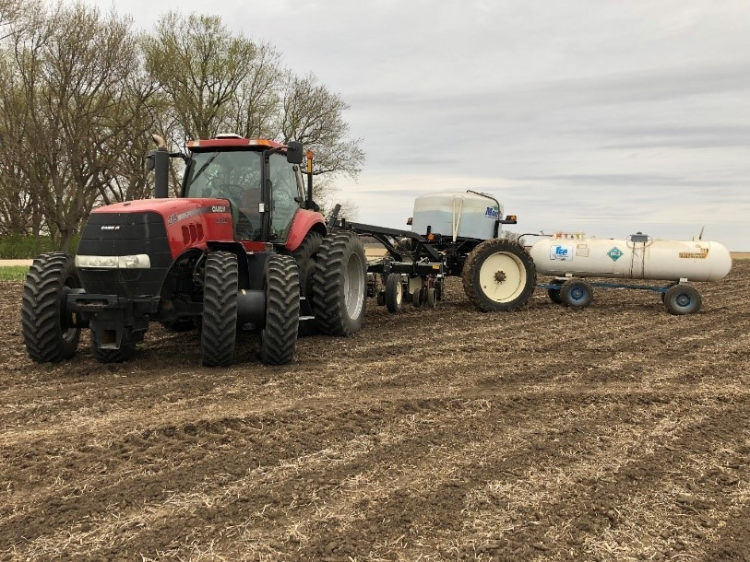
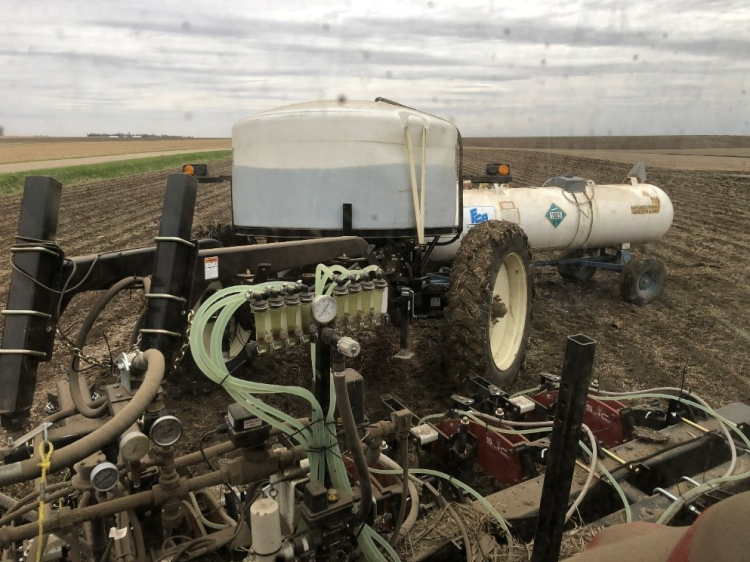
Farmers understand that you can’t control the weather. We can control when we decide to hit the fields, yet this decision can haunt you. If you choose to wait, it might mean second guessing yourself, wishing you would have moved on the “good enough” days as you watch time and an optimal planting window slip away.
We work within the openings provided by the whims of Mother Nature and weather issues are part of the known risk of farming… it’s not “if” but “when” that is the big question.
I guess this is part of the reason Dwight Eisenhower was quoted many decades ago saying, “Farming looks mighty easy when your plow is a pencil and you're a thousand miles from the corn field.” I suppose this was in response to those who are willing to comment on how farming “should” be done or those who don’t know what it’s like to see a good plan go awry.
I use high-residue conservation practices on my farm, including no-till practices, which leaves 70% or more of the soil surface undisturbed. From a conservation standpoint, no-till helps keep soil in place and increases the field’s natural infiltration system to reduce run off. Once we learned how to manage no-till type systems, neither Dad nor I missed having to traverse the fields with more tillage… and our soils and water benefit as well.
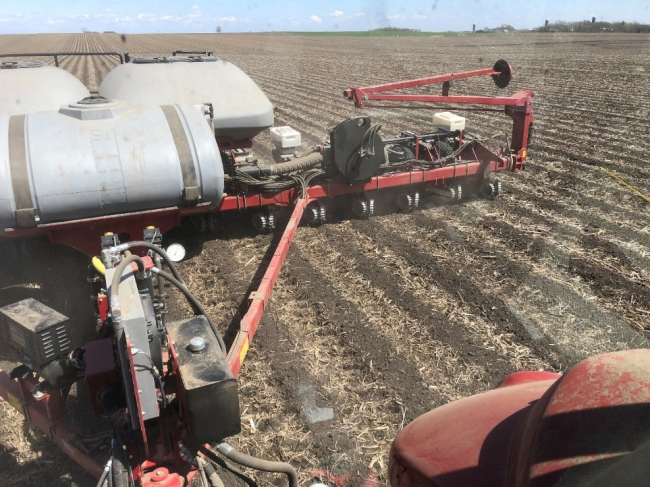
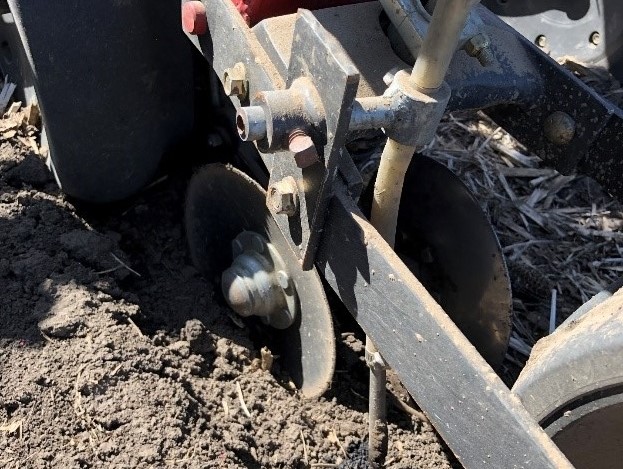
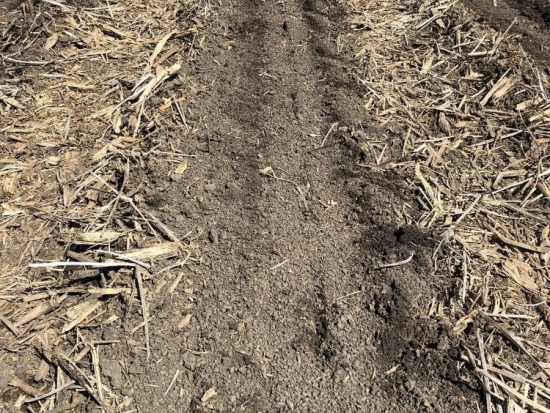
Corn isn’t as well adapted to no-till practices in cooler, wetter soils, so it tends to benefit from some tillage. Strip till is a practice where fertilizer is injected under the where the corn crop row will be planted. This helps position fertilizer close to the plants you want to feed, reducing the chance for nutrient leakage from the soil system into surface water.
I have been using strip till for corn for about 25 seasons. With autopilot steering the tractor, real-time kinematic (RTK) global positioning systems (GPS) for navigation, and improved controller systems to monitor and log fertilizer applications, it makes it possible to squeeze the work into any window of time – especially when working alone. It helps keeps your fertilizer rows straight even in the dark.
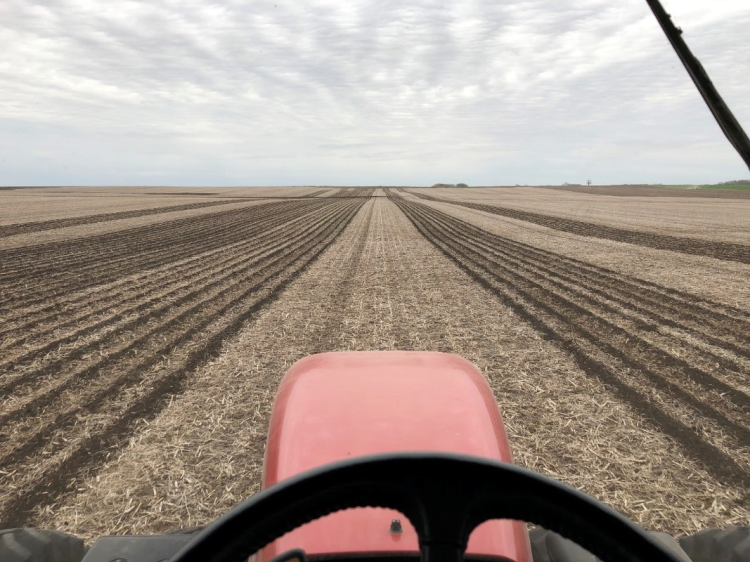
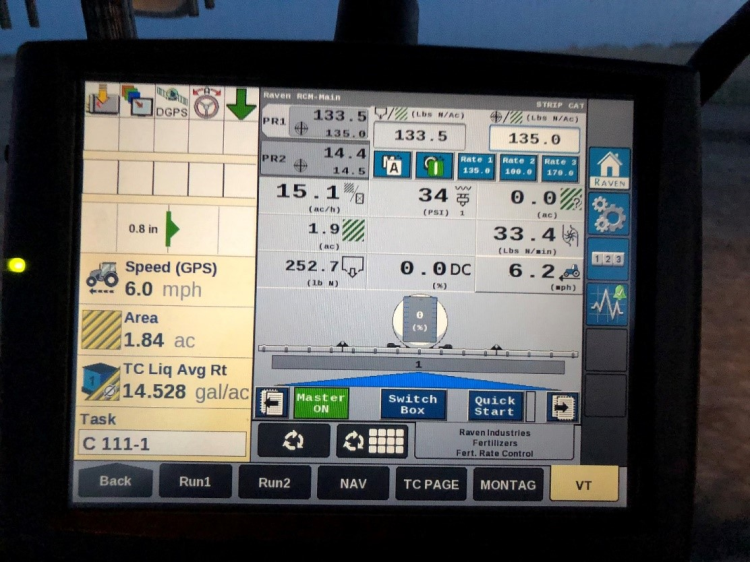
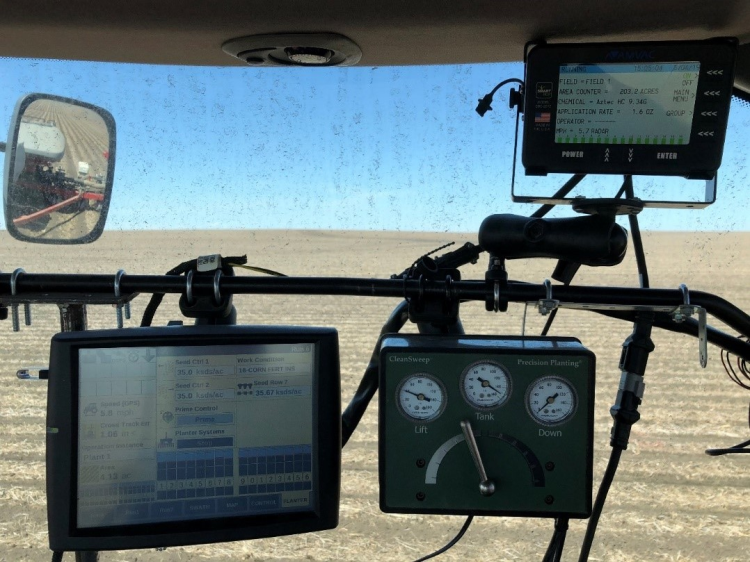
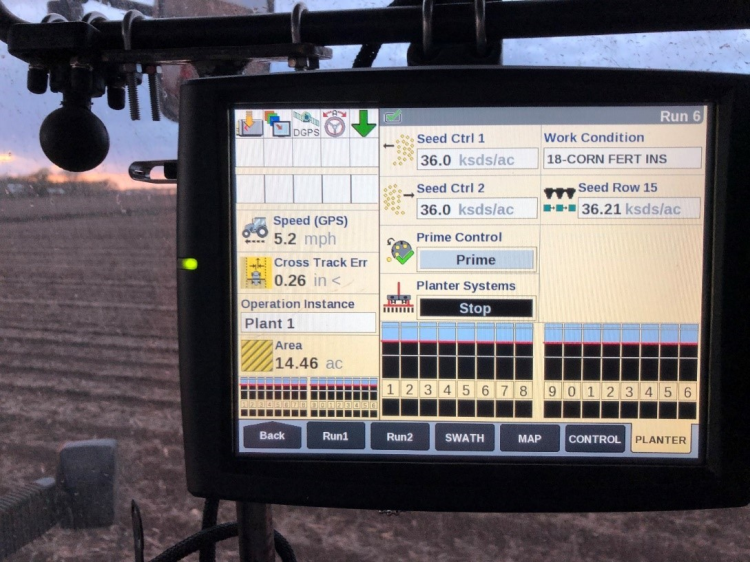
After the rush to get the strip till done this spring (I typically complete in the fall, but it was too wet this past harvest), following with the planter was a similar weather hassle. Even with difficult weather, those strips planted beautifully as I expected. This is the only tillage my farms see, and it only happens before planting corn.
Because no-till systems help limit water runoff, we must manage the water that is absorbed by our fields. Tile – an underground drain system that removes excess water from soil – helps me do that. Our land has had tile for more than 100 years. We installed additional drain tile last fall, which has helped keep me sane during the short work windows this spring.
I consider the tens of thousands of dollars we spent early last December on tile improvements money well spent. It had been about 35 years since we last did major tile additions and I had grown tired of fighting mud year after year on some areas. Our recent tile work was just to pick up wet spots or areas where the old capacity was lacking on our family land. On rented land, it’s not always easy to get tile improvements.
The problem with wet spots that need improved drainage is they add another factor into the “go-not go” decision. Do you wait for that wet area to dry out? Do you mud through it? Or do you leave it alone and run the risk of potentially not growing a crop?
In years when nothing really seems to go right, those poorly drained areas seem to take forever. On the long post-rain “afternoons” this spring, I breezed through spots I would have been concerned about getting stuck in past years. In future Farm Life Journal entries, I will talk more about the benefits of tile to the conservation side of my farming system.
I’ll start planting soybeans in a few days.
Until next time,
Tom